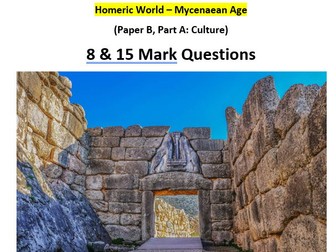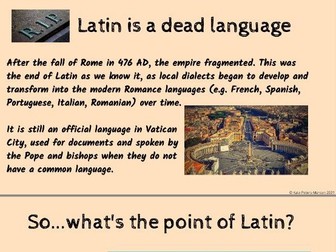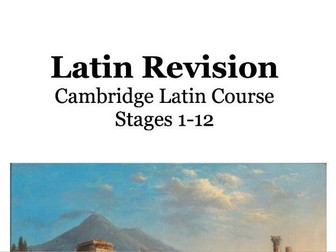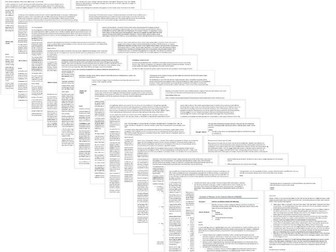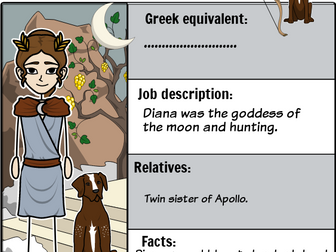
KS3 Greek Myths and Legends Unit
A 5 week unit focusing on Greek myths and legends for KS3 students
stories and resources included
Each myth builds a foundation of the key concepts and texts taught at GCSE. These include tragic heroes, femininity, power and humanity.
The unit focuses on reading comprehension, creative writing (fiction and non-fiction) as well as analytical writing.
Writing structures provided (most with sentence starters.)
Week 1: The Ancient Greeks
Lesson 1: The Ancient Greeks
Lesson 2: Greek Gods and Goddesses
Lesson 3: Mythical Beasts
Lesson 4: Hercules
Week 2: Be Careful What You Wish For
Lesson 5: Pandora’s Box
Lesson 6: King Midas
Lesson 7: Icarus
Week 3: Vanity and Narcissism
Lesson 9: Mirror Descriptions
Lesson 10: Narcissus
Lesson 11: Medusa
Lesson 12: Carol Ann Duffy’s ‘Medusa’
Week 4: The Power of Nature:
Lesson 13: Hades and the Underworld
Lesson 14: Persephone’s Abduction
Lesson 15: Artemis and Orion
Lesson 16: Poseidon
Week 5: Masculinity and Tragic Heroes
Lesson 17: Prometheus and Zeus
Lesson 18: Persuading Zeus
Lesson 19: Achilles and the Tragic Hero
Lesson 20: Greek Myths Quiz
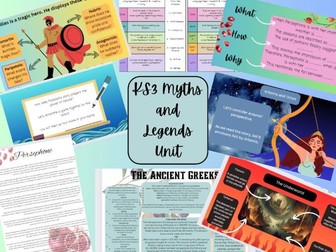
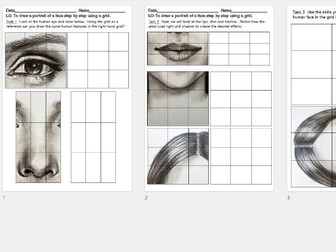


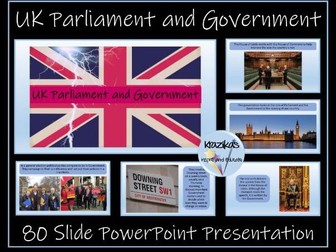





![Virgil’s Aeneid Book IV: Dido (4x Lessons) [New OCR A-Level: ‘The World of the Hero’]](https://l.imgt.es/resource-preview-imgs/91235bb2-beae-4839-b58b-8a219380dc10%2FScreenShot20180605at195949.crop_699x524_1%2C0.preview.png?profile=res-img-med-legacy-v2)

